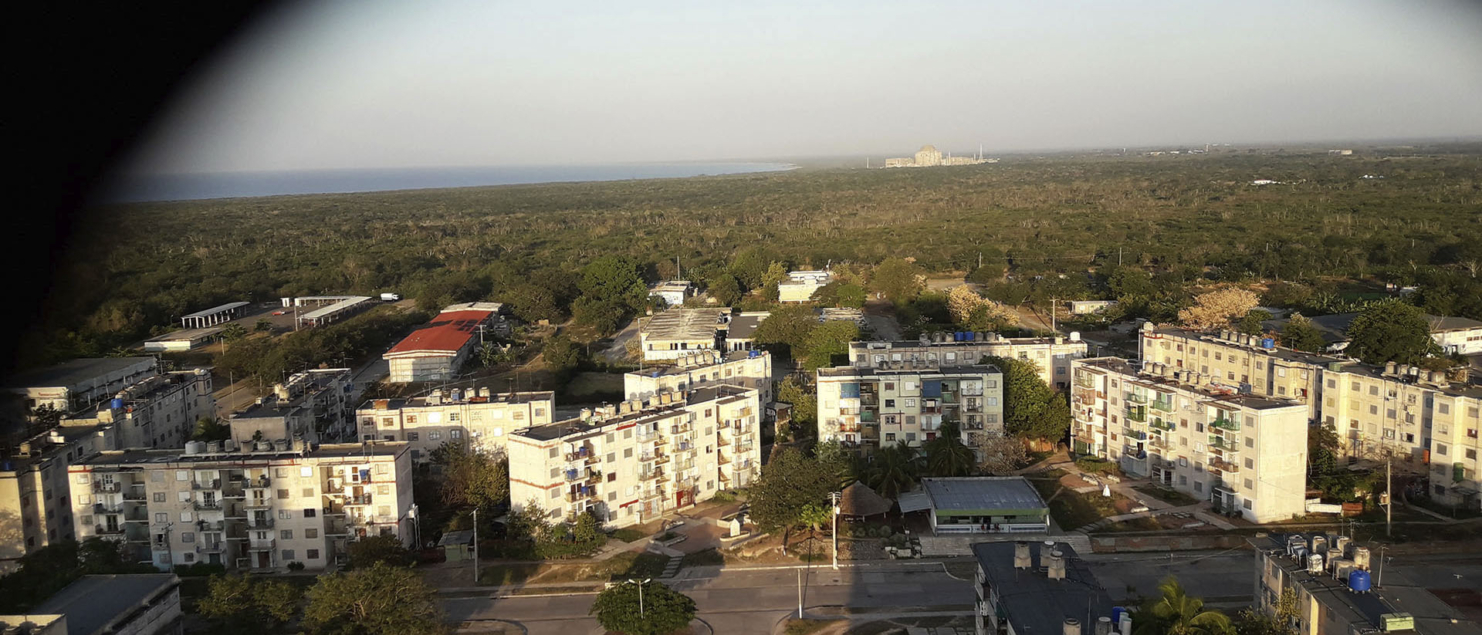La era atómica cubana: Un fantasma que habita en el paisaje/ The Cuban Atomic Era: A Ghost Living in the Landscape (An Article for More of Us)
(English below)
La Ciudad Nuclear y las ruinas del proyecto de la Central Electronuclear de Juraguá (CEN) son un escenario único donde convergen naturaleza, historia y las complejidades sociales de una utopía inconclusa. A través del trabajo colaborativo con artistas, activistas y científicos desde 2017, he explorado estas intersecciones mediante acciones que conectan arte, comunidad y medio ambiente.
En este artículo, escrito para More Of Us, comento cómo el enfoque de nuestro trabajo se ha centrado en resignificar este territorio, trabajando desde las historias cotidianas y los paisajes que emergen de sus vestigios. A través de proyectos de escritura, audiovisual, fotografía y performance, buscamos dar voz a las personas que habitan estos espacios, resaltando su identidad, resiliencia y los desafíos que enfrentan.
Más allá de lo que quedó inacabado, el verdadero potencial de la Ciudad Nuclear y sus habitantes radica en sus fisuras: espacios donde el pasado, el presente y «lo posible» se encuentran. Desde este microcosmos, se plantean preguntas sobre sostenibilidad, memoria y transformación, invitando a imaginar nuevos futuros desde las cenizas de una utopía.
The Nuclear City and the ruins of the Juraguá Nuclear Power Plant (CEN) project are a unique setting where nature, history and the social complexities of an unfinished utopia converge. Through collaborative work with artists, activists and scientists since 2017, I have explored these intersections through actions that connect art, community and environment.
In this article, written for More Of Us, I discuss how the focus of our work has centered on resignifying this territory, working from the everyday stories and landscapes that emerge from its vestiges. Through writing, audiovisual, photography and performance projects, we seek to give voice to the people who inhabit these spaces, highlighting their identity, resilience and the challenges they face.
Beyond what was left unfinished, the potential of the Nuclear City and its inhabitants lies in its fissures: spaces where the past, the present and “the possible” meet. From this microcosm, questions of sustainability, memory and transformation are raised, inviting us to imagine new futures from the ashes of a utopia.
To read the full article, visit: The Cuban Atomic Era: A Ghost Living in the Landscape
